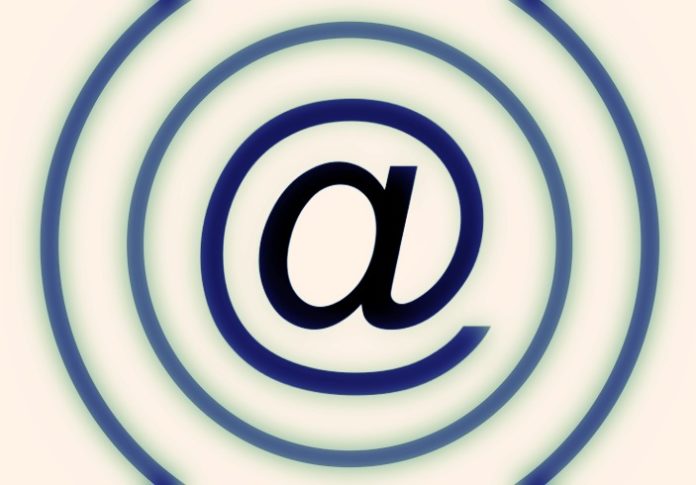Email is hardly a new communications channel – in fact, it’s almost 40 years old (the first email message was sent in 1971). But email in 2016 appears to remain a surprisingly strong marketing channel, according to Adobe, whose second annual survey of U.S. based electronic mail usage by white collar professionals was recently published. Here are some report highlights that disabuse anyone holding the view that “email is dead.”
Americans are hooked on email and check it constantly.
Social networks such as Facebook love to point out how much their users are “hooked” on their sites (Facebook’s users reportedly check it fourteen times a day), but that metric isn’t particularly impressive when you compare it to email. According to Adobe, Americans “send 19 work emails and read 29 emails on average – even on weekends. 79 percent admit to checking work email while on vacation, with nearly 25 percent reporting that they frequently or constantly check email on vacation. 25 percent of respondents “report checking email regularly right up until they go to bed, with three percent actually getting up in the middle of the night to check messages.” (Interestingly, nearly half of Adobe’s respondent report that they’ve been forced to “detox” (withdraw from exposure to electronic mail) to deal with the psychological stresses associated with this level of use.)
In the multi-use, multi-screen world messaging universe, Email enjoys a privileged position.
Americans often check into their electronic mail while engaged in another online activity, for example, streaming a video, chatting on social media, chatting face-to-face, or while driving, and people generally appreciate that email messages are “higher priority” than text or chat messages. When people receive a new email (or a notification that a new email message has been received), and that notification happens to interrupt a conversation or other real-life group activity, it’s not considered a faux pas to pay close attention to it. “Only 9 percent of respondents reported annoyance when a friend or family member checks email during a face-to-face conversation,” according to Adobe.
Electronic mail is business-friendly. While unwanted spam has been a chronic issue for more than 20 years, electronic mail users seem remarkably open to receiving commercial solicitations if these solicitations overlap with their professional interests. Half of Adobe’s respondents “prefer to be contacted by brands via email, followed by direct mail at 22 percent and social media at nine percent.”
Email is an action-oriented channel. When people send an electronic mail to a friend or colleague, they expect a response to occur within a short window of time. According to Adobe, “almost half of survey respondents said they expect a response to work email in less than an hour.” Expectations for a timely response appear to be even higher among millennials: more than a quarter of those surveyed expect responses within a few minutes.” These expectations lend electronic mail an aura of focused urgency in which the exchange of important, time-sensitive information is the norm
Email: Is the best yet to come?
Electronic mail is a mature communications channel that Americans continue to rely on each day to exchange important, professionally-oriented information. Millenials appear to be just as hooked on electronic mail as their older generational cohorts are. As spam filters improve, and email marketers are forced by legislation such as GDPR to give up their old tactics of “renting and blasting” email lists (whose provenances are often highly uncertain), enterprising marketers should reappraise the power of this channel.
Many marketers – including major publishers — do a great job of doing email marketing. This means using electronic mail for high-quality, informative, non-aggressive messaging. It means not abusing users’ trust by adding them to lists without permission. And it means personalizing electronic mail campaigns so that they are relevant to micro-audiences.


